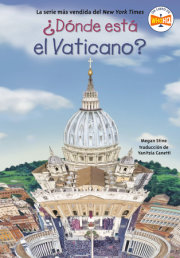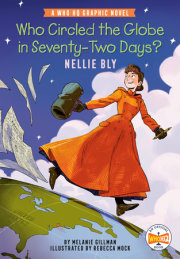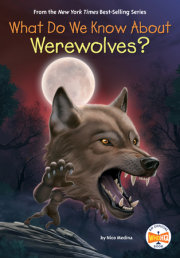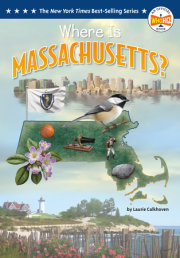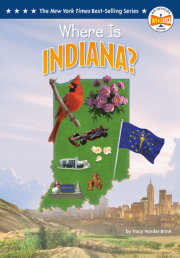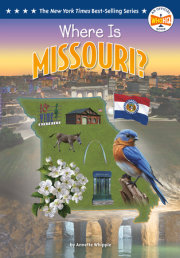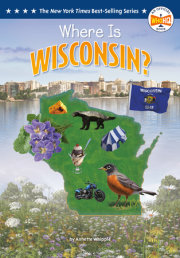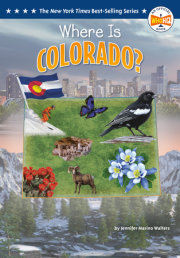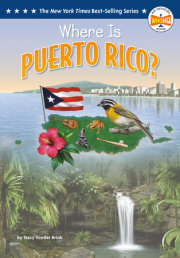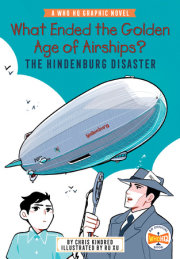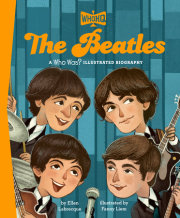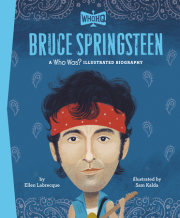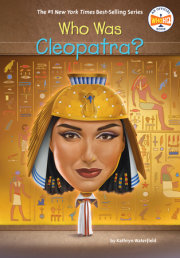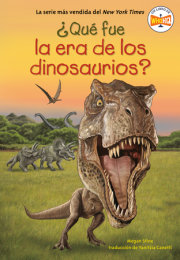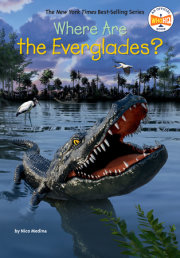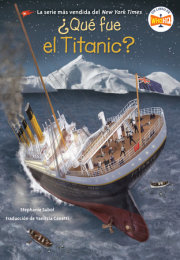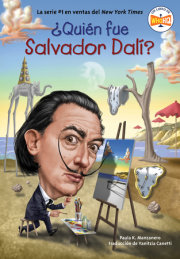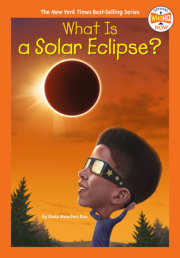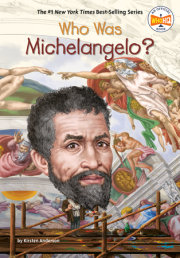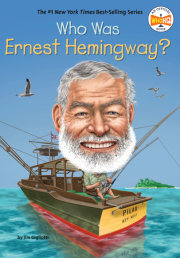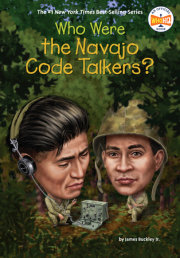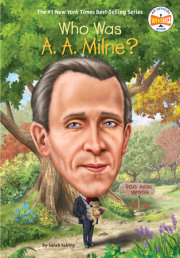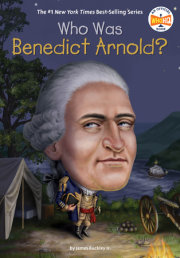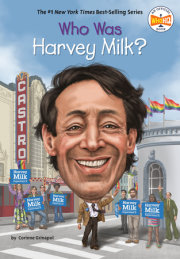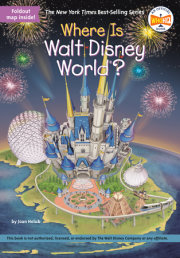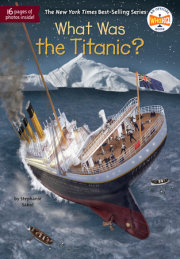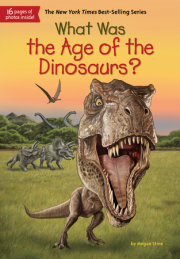¡Viaja a los Everglades, un parque nacional en Florida que alberga cientos de especies de animales, desde cocodrilos hasta manatíes, en este audiolibro para jóvenes lectores!
De ¿Quién fue?, la serie número uno en ventas del New York Times, llega ¿Dónde están?, una colección que cuenta las historias de monumentos y maravillas naturales mundialmente famosos.
Mucho antes de que los Everglades se convirtieran en uno de los humedales más grandes del mundo y en un parque nacional, la región estaba cubierta por un mar cálido y poco profundo. A lo largo de millones de años, el nivel del mar descendió, la tierra emergió y el área se transformó en un entorno próspero para plantas y animales únicos, como los bosques de manglares y la pantera de Florida.
A mediados del siglo XIX, la mayoría de los pueblos indígenas que vivían en los Everglades habían sido asesinados o forzados a abandonar la región. Para el año 1900, Florida se había convertido en el vigésimo séptimo estado de la nación y había comenzado a drenar los Everglades para crear tierras destinadas a la agricultura y las ciudades. Con la pérdida de gran parte de los humedales, las plantas y animales nativos empezaron a desaparecer. Aunque los Everglades están protegidos en la actualidad, aún enfrentan varios desafíos, como la contaminación, el aumento del nivel del mar y otros problemas ambientales.
Los Everglades, a menudo llamados el Río de Hierba (“River of Grass”), son un verdadero tesoro natural, y su historia nos enseña la importancia de cuidar nuestro medio ambiente.
ENGLISH DESCRIPTION
Journey into the Everglades—a national park in Florida home to hundreds of species of animals from crocodiles to manatees—in this audiobook for young listeners!
From the #1 New York Times bestselling Who Was? series comes Where Is?, a series that tells the stories of world-famous landmarks and natural wonders!
Long before the Everglades became one of the largest wetlands in the world and a national park, it was covered by a warm, shallow sea. Across millions of years, sea levels dropped, the land below surfaced, and the area transformed into a thriving environment for unique plants and animals like mangrove forests and the Florida panther.
By the mid-1800s, most of the indigenous people living in the Everglades had been killed or forced off the land. By 1900, Florida had become the nation's twenty-seventh state and had begun draining the Everglades to create land for farms and cities. With the loss of so much of the wetlands, native plants and animals began to die off. Although the Everglades is protected today, it still faces several challenges, including pollution and rising sea levels.
The Everglades, often called the "River of Grass," is truly a natural treasure, and its history teaches us about the importance of taking care of our environment.



